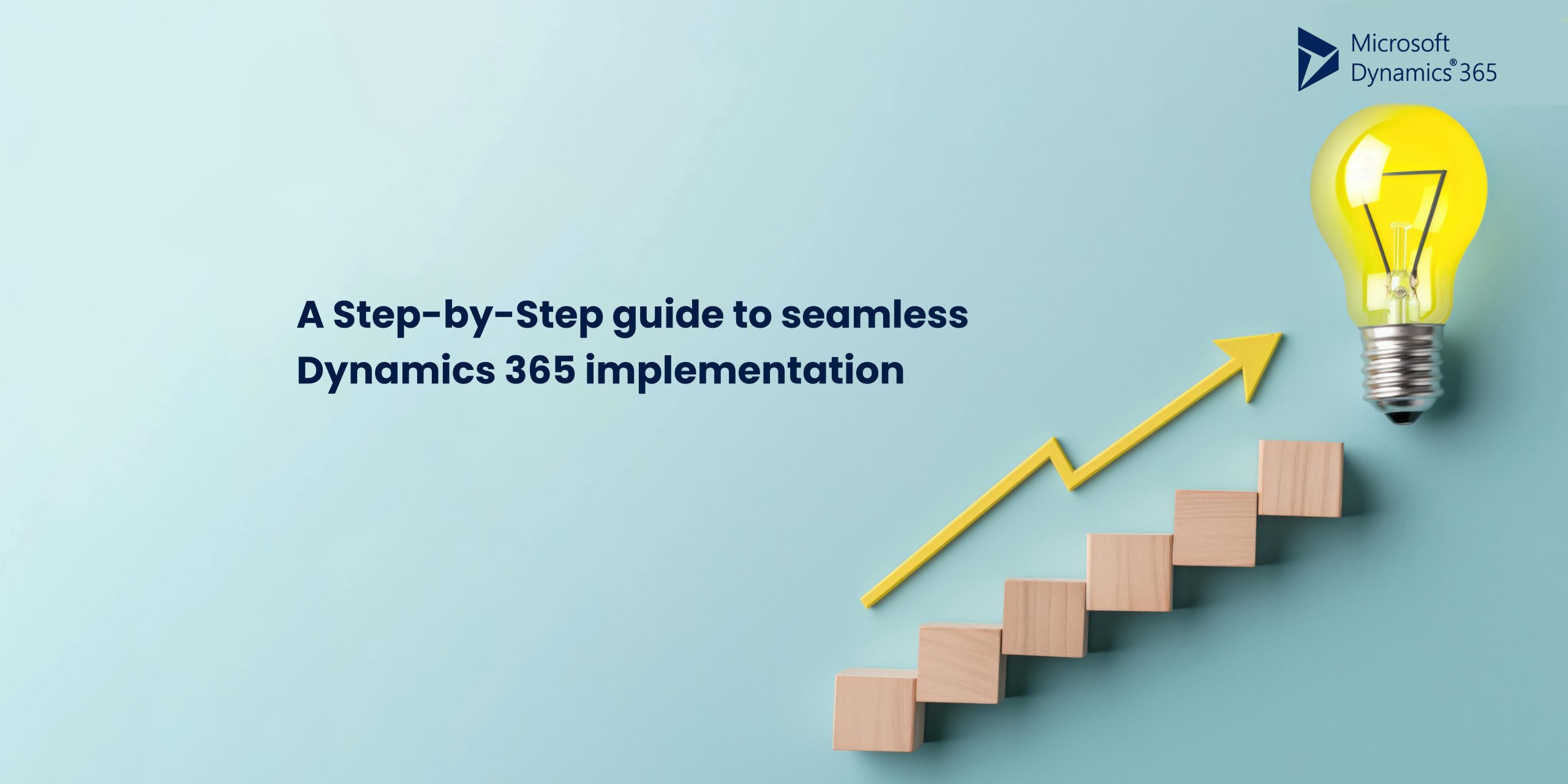Implementing Dynamics 365 is a powerful way to drive digital transformation and streamline business processes. However, executing a smooth implementation requires a well-planned approach. This guide will walk you through the steps necessary for a successful Dynamics 365 implementation, ensuring your business maximizes the potential of this robust platform.
1. Define your objectives and business needs
The first step in implementing Dynamics 365 is understanding your business objectives and needs. Dynamics 365 offers a wide range of applications such as Sales, Customer Service, Finance and Supply Chain Management. Identifying the areas where Dynamics 365 can drive the most value is key to determining which modules and features your organization should prioritize.
2. Create an 365 implementation roadmap
Having a clear roadmap is essential for a successful Dynamics 365 implementation. This involves setting a timeline, defining milestones and allocating resources. A structured approach ensures the implementation process remains aligned with your business goals and timelines.
During this stage, it’s important to engage stakeholders across departments to ensure everyone is on board with the change. Working with a trusted Dynamics 365 partner can also provide valuable expertise during the planning phase.
3. System configuration and customization
Dynamics 365 offers immense flexibility, allowing businesses to tailor the platform to fit their unique requirements. The system can be configured and customized to match your workflows, roles and reporting needs. Whether you’re implementing Dynamics 365 for Sales or Finance and Operations, ensuring that the platform is configured correctly from the start will save time and prevent issues down the road.
4. Data migration – Bringing your data to life
Migrating data from legacy systems is one of the most challenging aspects of a Dynamics 365 implementation. The data migration process involves transferring historical data and integrating it into the new system. It’s crucial to ensure the data is accurate, clean and well-organized. Before migrating, assess your current data quality and remove any redundant or obsolete data.
Integrating Dynamics 365 with your existing tools, such as Microsoft Azure or Power BI, further enhances its capabilities, allowing for a more unified system and better decision-making.
5. Testing and quality assurance
Once the configuration and data migration are complete, it’s important to rigorously test the system. Conduct functional and user acceptance tests (UAT) to ensure the system is operating as expected. Testing also helps identify any potential issues or gaps that need to be addressed before going live. Quality assurance ensures a smooth transition without causing disruptions to business operations.
6. Employee training and adoption
A successful Dynamics 365 implementation doesn’t just depend on the technical aspects, it also hinges on how well your team can adapt to and utilize the new platform. Training is vital to ensure employees understand how to use the new system effectively. Provide detailed, role-based training sessions and offer continued support as employees adapt to the system. Consider using a combination of in-person training, online courses and user guides to facilitate the learning process.
7. Go live and continuous improvement
Once testing is complete, your Dynamics 365 system is ready to go live. However, implementation doesn’t end here. Post-launch support and monitoring are essential to address any issues that arise and to make sure the system is working optimally. As your business evolves, Dynamics 365 can be scaled and adjusted to meet new needs.
8. Continuous monitoring and support
Once your Dynamics 365 system is live, it’s essential to keep monitoring its performance and usability. Regularly evaluate how the system is supporting your business processes and gather feedback from users to identify potential improvements. Continuous updates and feature enhancements from Microsoft will require your business to stay on top of new functionalities and opportunities for further optimization.
Moreover, partnering with a trusted Microsoft Dynamics 365 consultant can help you navigate any challenges that may arise post-implementation. They can provide support with system maintenance, troubleshooting and even offer guidance on leveraging new features as they become available.
Wrapping up
Implementing Dynamics 365 is a transformative journey that enhances operational efficiency, data visibility and decision-making processes for businesses. With careful planning, a robust implementation roadmap and continuous support, your business can harness the full power of Dynamics 365 to stay competitive and agile in today’s market.
Check out the related blogs for further reading

How to optimize costs with Microsoft dynamics 365 pricing plans
Microsoft Dynamics 365 pricing can be complex, but with the right approach, businesses can control costs while maximizing…

Dynamics 365 pricing and licensing – what you need to know
Microsoft Dynamics 365 is a cloud-based suite of business applications designed to help organizations manage operations efficiently. It…

Dynamics 365 Fraud protection – key features and benefits for businesses
Fraud is a growing concern for businesses, significantly impacting revenue, security, and customer trust. As digital transactions continue…








